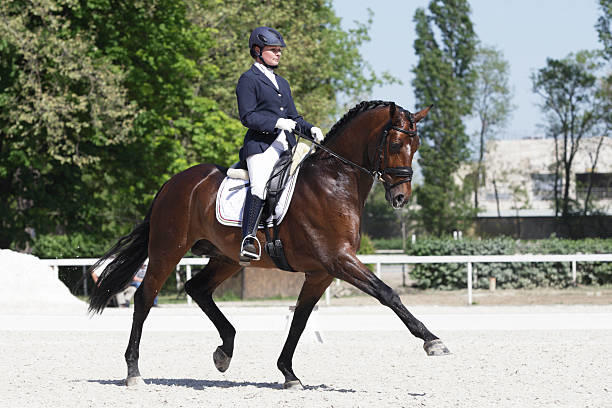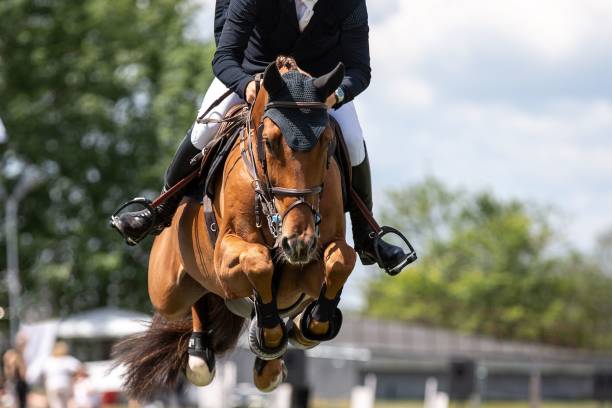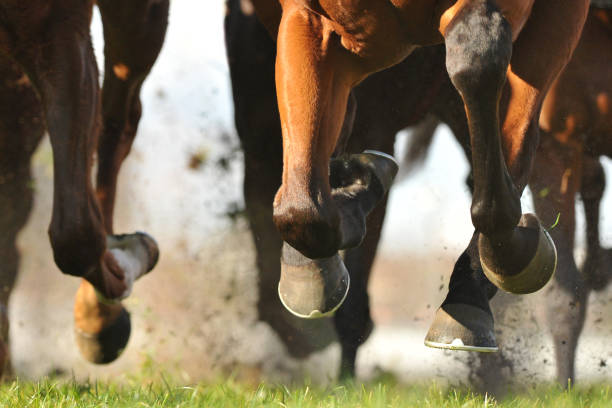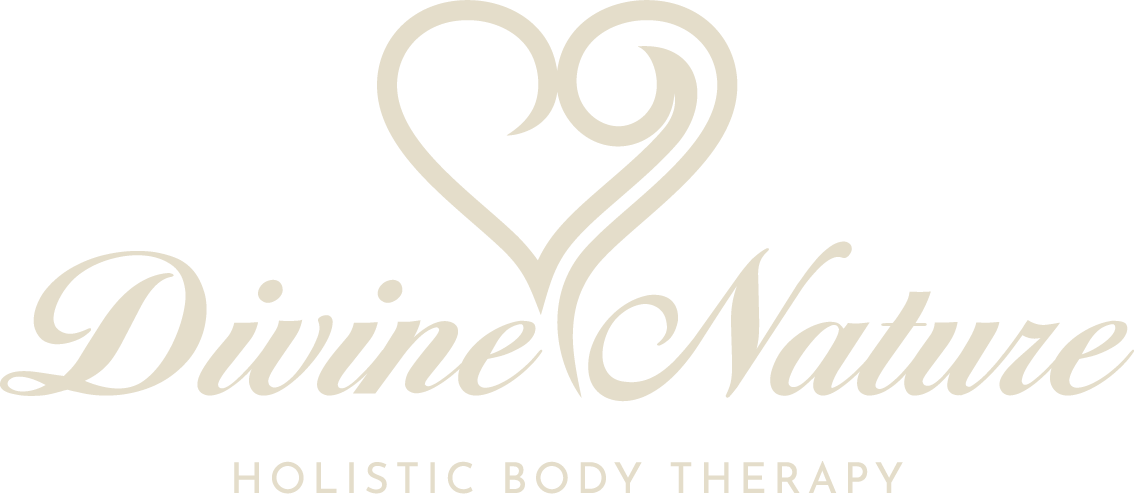Healing for horses
Whether addressing performance issues, maintaining comfort or enhancing freedom of movement – our treatments are geared to optimise your horse’s overall wellbeing and performance.

Services
Equine Therapy
Mobile Consultation & Treatments
Our holistic body therapy treatments are a comprehensive approach designed to improve quality of life and enhance the athletic performance and wellbeing in horses of all ages and disciplines.
Integrated remedial treatments can include:
- Bowen therapy
- Therapeutic & sports massage therapy
- Remedial bodywork
- Scar tissue release
- Energy bodywork
- Laser therapy
- Frequency therapy
After a thorough case history, static and dynamic evaluation as well as gait analysis, treatments are specifically tailored to the unique needs of each horse.
Equine therapy aims to alleviate myofascial tension and restriction, as well as improving suppleness, stamina and movement. It supports healing from injuries and promotes overall health and vitality.
Holistic Horsemanship
Coaching & Training
We use heart-centred coaching and offer support utilising positive training methods and natural horsemanship based on equitation science to enhance trust, connection, confidence and understanding between you and your horse.
Together we work to improve communication, train new aids and transform common behavioral or training issues.
Tailored sessions for natural horsemanship, groundwork, riding lessons, road-riding confidence, trail riding support, equine-assisted lessons, beginner riding program and starting young horses.
Frequency Therapy
Bio-energetic Support
Frequency therapy is an advanced wellness technology that utilises individualised bio-frequencies to support holistic health and wellbeing.
It works by delivering frequency-specific microcurrent to the body via a device connected by bracelets, pads or coil to stimulate cellular energy and promote bio-energetic balance.
This wellness device includes local stimulation programs and programs to support the healing and energetic harmony of the musculoskeletal system, meridians, chakras, organs, immune system, detoxification, energy levels, pain, stress, mental balance and more.
Conditions we can help with &
signs of problems
- Myofascial pain and tension
- Tightness or soreness in back and hindquarters
- Tightness or soreness in neck and shoulders
- Sacro-illiac, hip and stifle conditions
- Muscle, tendon and ligament injuries
- Poll sensitivity and headaches
- TMJ pain and facial neuralgia
- Restricted range of motion
- Postural issues and asymmetry
- Joint restriction
- Scar tissue pain and adhesion
- Locking stifle/patella luxation
- Arthritis/osteoarthritis
- Intervertebral disk problems
- Age-related stiffness and discomfort
- Stress and anxiety-related behaviour
- Wound and skin conditions
- Neurological conditions
- Respiratory issues
- Gastrointestinal disorders
- Post-dental work discomfort
- Post-trim hoof care changes
- Post-exercise and event recovery
- Post-injury rehabilitation
- Post-surgery/illness rehabilitation
- Gait abnormalities and lameness
- Performance issues
- Temperament changes
- Shut-down/withdrawn or grumpiness
- Flinching/adversely reacting to touch
- Head shyness
- Resists lateral work
- Shortened fore end stride
- Wider turns to one particular side
- Not decelerating/stopping as quickly
- Slowing track times
- Difficulty with collection
- Reduced power and co-ordination
- Dull coat or difficult to put weight on
- Difficulty rolling
- Difficulty holding leg up for farrier
- Travels with head overly elevated
- Travels with back hollowed
- Trailing hind end behind or not tracking up
- Girthiness, flinching or sinking while saddling
- Reluctance to pick up a canter lead
- Sudden reluctance to jump or dropping poles
- Flat or hollow bascule over jumps
- Not powering off hind legs equally
- Drifts sideways over jumps
- Collapsing on shoulder upon landing
- Taking extra strides or rushing jumps
- Head flicking or held to one side
- Tail swishing, held to one side or tightly tucked in



Frequently asked questions
How can I prepare my horse for a holistic body therapy session?
For your horse’s first session, you will receive an initial intake form with your booking confirmation. Please complete it before your appointment. This form allows us to start to build an accurate holistic picture of your horse, understand the reason for the visit and any relevant medical information, therefore enabling us to create a personalized treatment plan tailored to your horse’s needs.
To prepare your horse for a session, please ensure they are in a sheltered, familiar environment such as in their paddock and beside their companions. And if it is near their feeding time please make sure that they are fed in plenty of time ahead of the session so they can relax.
A quiet space for the treatment is essential as it allows the practitioner to be fully present with your horse and ensures your horse receives the full benefit without distractions. Feel free to observe from a short distance or attend to other tasks while we work.
Holistic body therapy complements and works in conjunction with veterinary care and does not replace it. Please seek medical diagnosis for any lameness and health concerns from your veterinarian. It is recommended that your vet is the first point of contact to determine any underlying pathologies. The practitioner will not diagnose specific conditions or prescribe medication.
What can I expect during a treatment?
During a holistic body therapy session, a general assessment of your horse will be performed. This takes into account the initial static and dynamic observations, gait analysis, palpation and range of motion assessments to help build a holistic picture of the animal. The practitioner will then use hands-on techniques to assess and treat areas of tension or discomfort in your horse’s body.
With Bowen therapy, gentle, rolling movements over specific points on the horse’s body are performed to mobilise the fascia with short waits in between sets of moves to allow time for the fascia to rehydrate and the body to initiate changes to the underlying structures.
Sessions are typically relaxing and most horses enjoy the experience. The release of tension can be outwardly expressed in direct correlation to what is being worked on through release/letting go responses of licking and chewing, yawning, stretching, snorting, sighing, shaking loose and rolling back the second eyelid.
The first session can be one of mixed reactions. Most horses really get into it straight away, but with others we will need to move more slowly and carefully so they are able to overcome any fears. Some horses can be very shutdown and disconnected to their body and take a number of sessions to get comfortable enough to express how they feel and the body language associated with the release of tension.
The practitioner is trained to find and work as gently but effectively as possible with areas that may indeed be very sore. Addressing these reactive areas may not always feel good at first and the horse may openly express this. This will greatly improve on succeeding sessions until they are thoroughly enjoying the process and become an active participant in releasing tension.
What can I expect post-treatment?
We will discuss how the session went and also answer any questions you may have. The practitioner may show you some specific soft-tissue and stretching techniques that will be beneficial to use in between sessions.
To maximize the benefits of your horse’s treatment, it’s advised to observe a few simple guidelines:
- Hand walk for 10 minutes to allow the horse to integrate a new way of moving and promote circulation and lymphatic drainage.
- Give access to plenty of clean water and salt after a session and allow your horse to rest and relax after the session as their body integrates the changes.
- Give 3 days off riding and hand walk everyday if the horse is stabled.
- Avoid massage after Bowen therapy for a week after treatment so the precise Bowen moves are not overridden. As well as to allow sufficient time for the signals to make an impact and the body to integrate the changes initiated.
Most horses will be very relaxed and show dramatic improvements in movement and comfort levels after a session. However, some horses may exhibit temporary changes in behavior, increased thirst or fatigue following a session while the body integrates the changes and are part of the body’s natural healing and detoxification processes.
There is a is a chance that underlying problems will be uncovered and lameness apparent due to compensatory musculoskeletal patterns removed by bodywork. It is better that these are uncovered and resolved promptly, instead of causing a knock on effect of even more harmful compensatory issues in the body or serious injuries due to acute de-compensation.
This is whereby compensations that have previously held for adequate but not optimal performance suddenly fail, as they are no longer able to contend with higher performance demands in an already compromised musculoskeletal system.

